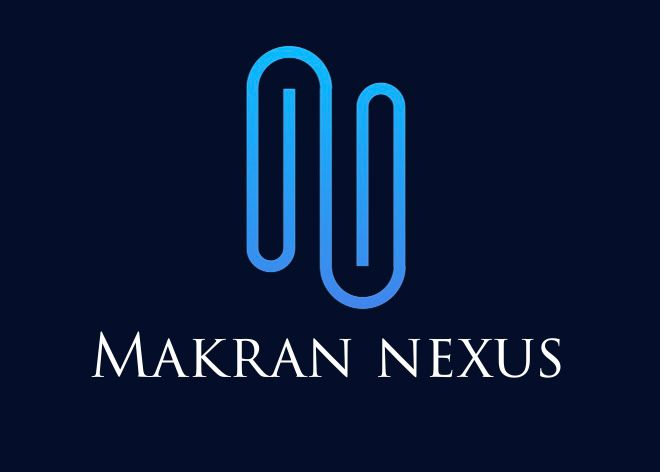
Iran’s unique geographical position at the crossroads of Asia, Europe, and the Middle East makes it a crucial player in global trade. The country has been investing heavily in developing its transportation corridors to connect regional and international markets. These corridors not only bolster Iran’s economy but also serve as a vital link for global commerce.
Key Corridors in Iran
- North-South Corridor
- Purpose: The International North-South Transport Corridor (INSTC) connects India, Iran, Russia, and Europe.
- Route: Goods travel from India’s ports to Iran’s Chabahar or Bandar Abbas, move through Iran by road or rail, and continue north to Russia and Europe.
- Significance: This corridor reduces transportation costs and time compared to traditional sea routes like the Suez Canal. It is a crucial trade link for landlocked Central Asian countries and a faster route for Indian exports to Europe.
- East-West Corridor
- Purpose: Links East Asia, including China, to Europe via Iran.
- Route: Part of China’s Belt and Road Initiative (BRI), this corridor connects Iran to Central Asia and Turkey, acting as a bridge between Eastern and Western markets.
- Significance: Strengthens Iran’s role as a transit hub and integrates it into global supply chains.
- Chabahar Corridor
- Purpose: A strategic alternative to Pakistan’s Gwadar Port, this corridor connects South Asia to Central Asia and beyond.
- Route: Through the port of Chabahar, goods from India, Afghanistan, and Central Asia can bypass the Persian Gulf and Strait of Hormuz for faster access to international waters.
- Significance: Key for regional integration and economic development in Iran’s underdeveloped southeastern regions.
- West Asia Corridor
- Purpose: Connects the Persian Gulf with Iraq, Syria, and the Mediterranean.
- Route: Infrastructure improvements aim to facilitate the movement of goods from Iranian ports to Iraq and beyond to Mediterranean markets.
- Significance: Strengthens Iran’s trade relationships with its western neighbors and provides access to European markets.
Economic and Geopolitical Impact
- Regional Connectivity: Iran’s corridors serve as lifelines for regional economies, offering landlocked countries like Afghanistan and Turkmenistan access to global markets.
- Global Trade Enhancement: By cutting transportation costs and time, these corridors make international trade more efficient and competitive.
- Strategic Leverage: Iran’s position along these routes bolsters its geopolitical influence, providing economic and political leverage in regional affairs.
Challenges and Opportunities
- Challenges:
- Sanctions have hindered foreign investment in infrastructure.
- Political instability in neighboring regions can disrupt corridor operations.
- Competition with alternative trade routes like the Suez Canal or Pakistan’s Gwadar Port.
- Opportunities:
- Partnerships with countries like India, China, and Russia offer potential for co-development of these corridors.
- Improved rail and road infrastructure can make Iran a key player in transcontinental trade.
Conclusion
Iran’s strategic corridors are not just routes for goods but pathways for economic growth and regional collaboration. By continuing to invest in its infrastructure and fostering international partnerships, Iran is well-positioned to solidify its role as a critical link in the global trade network.
For businesses and investors, these corridors represent untapped potential, with opportunities to enhance trade efficiency and connect with new markets.
